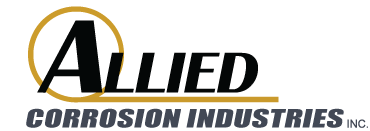1550 Cobb Industrial Dr. | P.O. Box 9098 | Marietta, GA 30065-2098
770-425-1355 (Phone) | 770-425-1354 (Fax) | info@alliedcorrosion.com (Email)
©2018 Allied Corrosion. All rights Reserved.
Made with ❤ by Mighty Good Marketing
Selected:
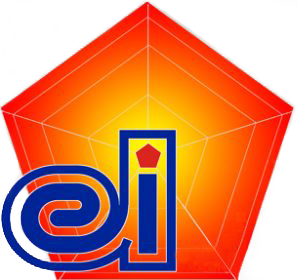
Modular Impressed Current Linear Anodes, Designed to be Suitable and Easily Installed in Any Size System
The Model AT Linear Modular Anode System is an impressed current linear anode system which permits maximum design flexibility. It consists of a copper cored titanium flat wire coated with mixed metal oxide and attached to a #14 AWG HMW/PE insulated bus wire. The wire pair is surrounded by a flexible plastic mesh. Individual anodes are 50 ft. long and are easily connected in the field to form a hermetically sealed joint. This allows the design engineer to choose a layout which is best suited for the application.
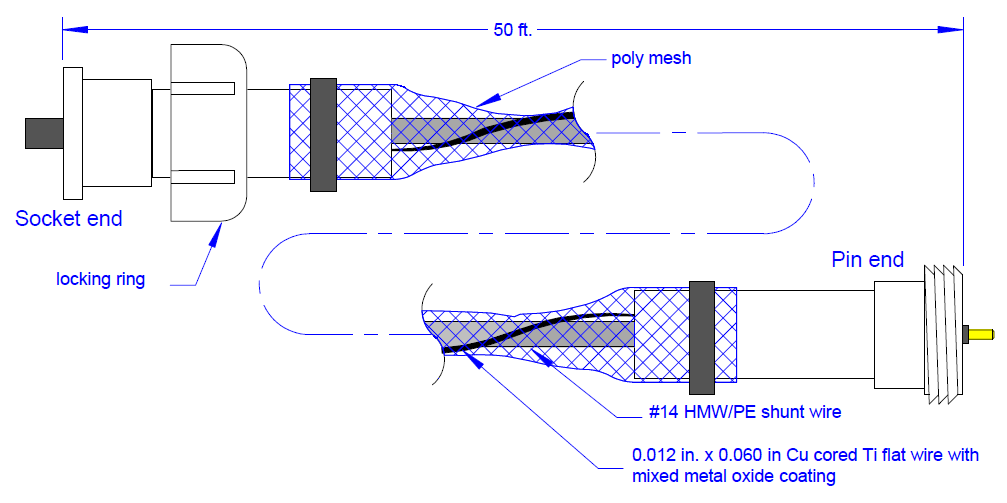
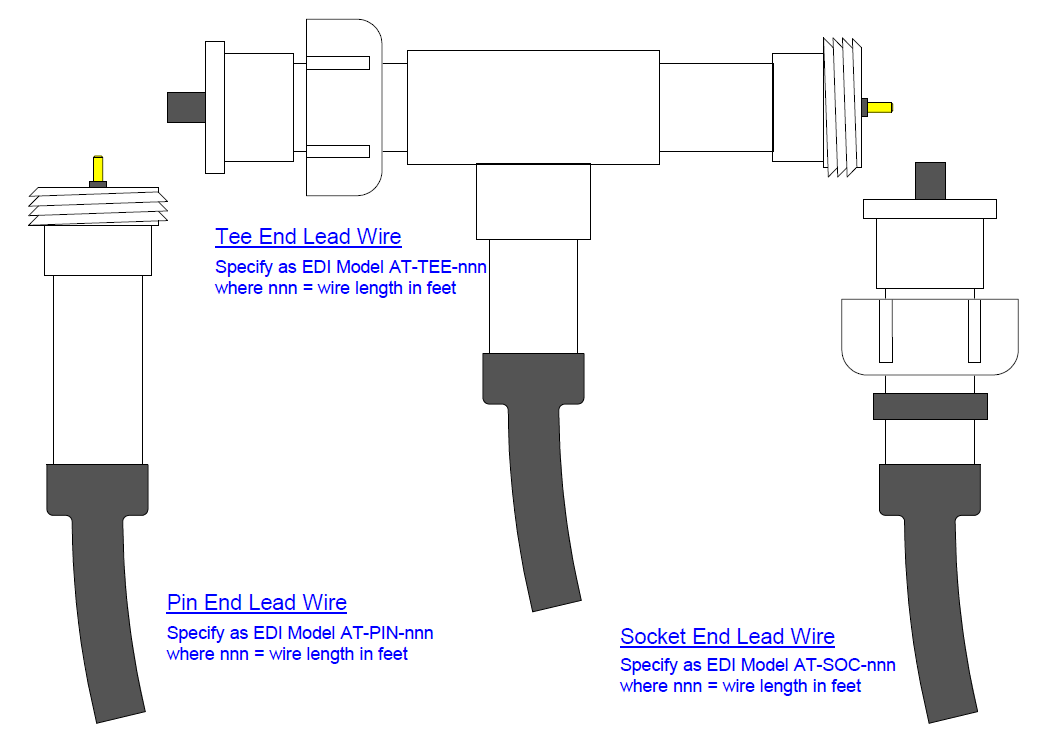
All cathodic protection systems can be easily damaged at this stage of construction. If
mechanized equipment is used, extreme care must be taken to ensure that the system is not damaged. Wires can be severed, reference electrodes can be crushed, and sections of the anode can be dragged out of their intended position. The CP installer should continuously monitor electrical continuity on the anode circuits during sand installation so that any damage can be located and quickly corrected.
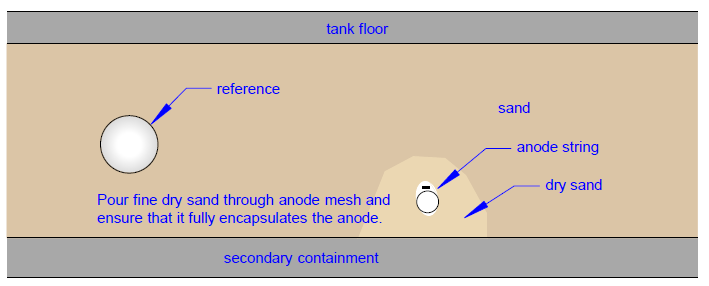
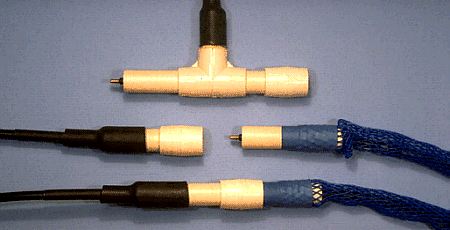
1550 Cobb Industrial Dr. | P.O. Box 9098 | Marietta, GA 30065-2098
770-425-1355 (Phone) | 770-425-1354 (Fax) | info@alliedcorrosion.com (Email)
Made with ❤ by Mighty Good Marketing
We care about your privacy! In order to run a successful website, we are setting cookies and accessing and storing information on your device for various purposes. By continuing to browse this site, you are agreeing to our use of cookies.
If you wish to disable cookies, please visit our Privacy Policy for more information.
